Faced with this situation, the functional sectors and local authorities of the communes are focusing on implementing solutions, including instructing people on techniques to restore the affected areas. Many experts have also proposed solutions to change the structure of the mulberry growing season by applying technological measures.
Difficulties piled up
Having lost more than 2 hectares of mulberry and nearly 300 silkworm breeding trays, Ms. Dinh Thi Thinh - a member of Hung Thinh Mulberry and Silkworm Cooperative, Tran Yen commune, could not hide her fatigue when looking at the mulberry field which now has only tops left.
"The flood came so fast, we didn't have time to react. Nearly 300 silkworm trays were still eating, only a few days to harvest the cocoons, now everything is lost. More than 2 hectares of mulberry trees were also buried" - Ms. Thinh sadly said.
In the same situation, Ms. Nguyen Thi Lan, in Lan Dinh village, Tran Yen commune, said: "Last year, due to the impact of storm No. 3, 6 sao of her family's mulberry fields were flooded and lost. This year, due to the impact of storm No. 10, more than 3 sao were also heavily flooded."
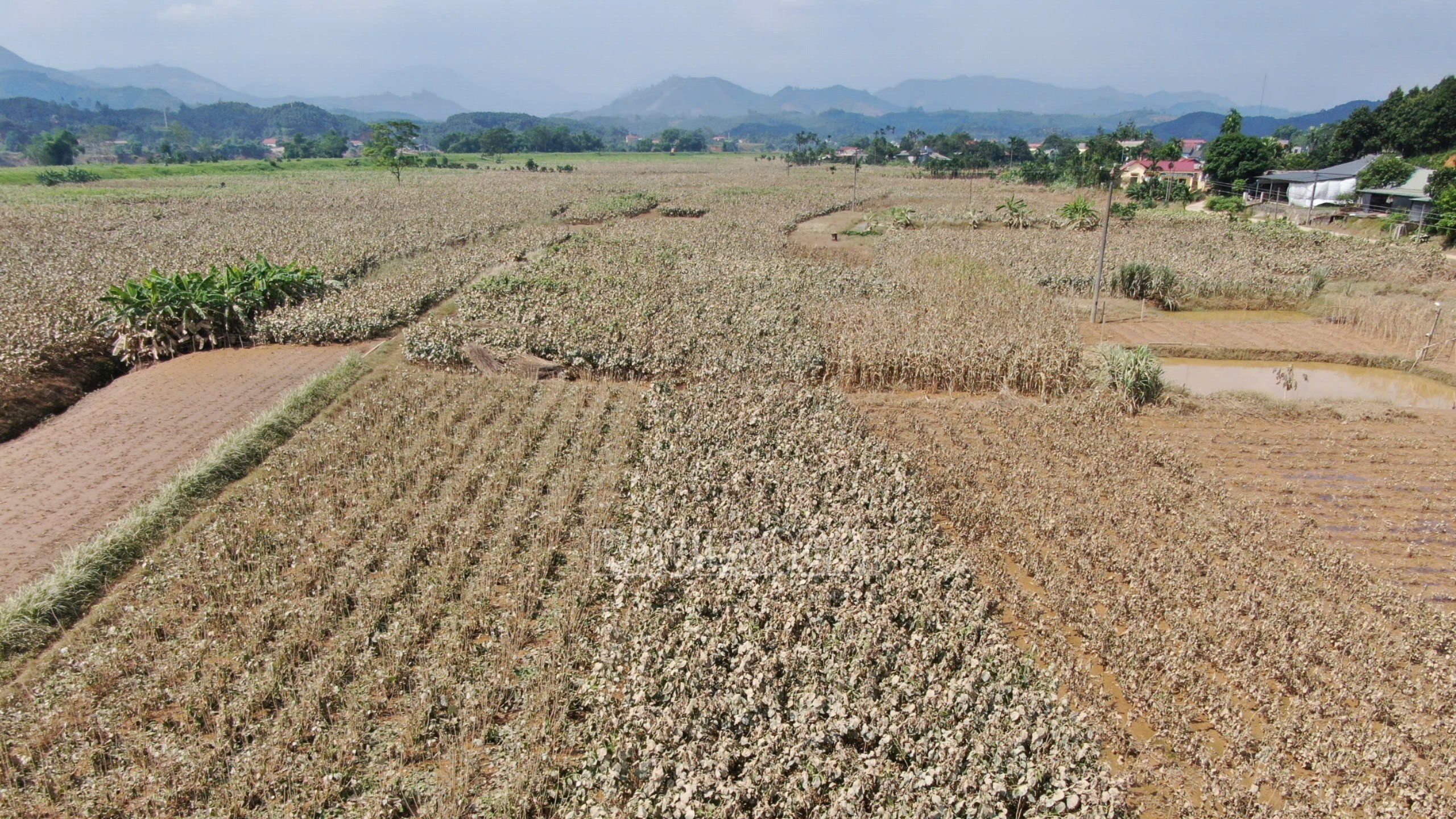
For two consecutive years, right in the eighth lunar month, big floods came, sweeping away the efforts of mulberry growers and silkworm breeders. The scene of devastation repeated itself in the “capitals” of mulberry cultivation. In Quy Mong commune, 25 hectares of mulberry of Minh Tien Cooperative along the Red River were buried under a layer of mud and sand up to 1.5 meters thick. In Tran Yen commune, 3 hectares of mulberry of Hanh Le Cooperative were also completely damaged, estimated to cost nearly half a billion VND per crop if including the cost of care and fertilizer. Many households lost an estimated income of 70 - 80 million VND, making life even more difficult after the floods.
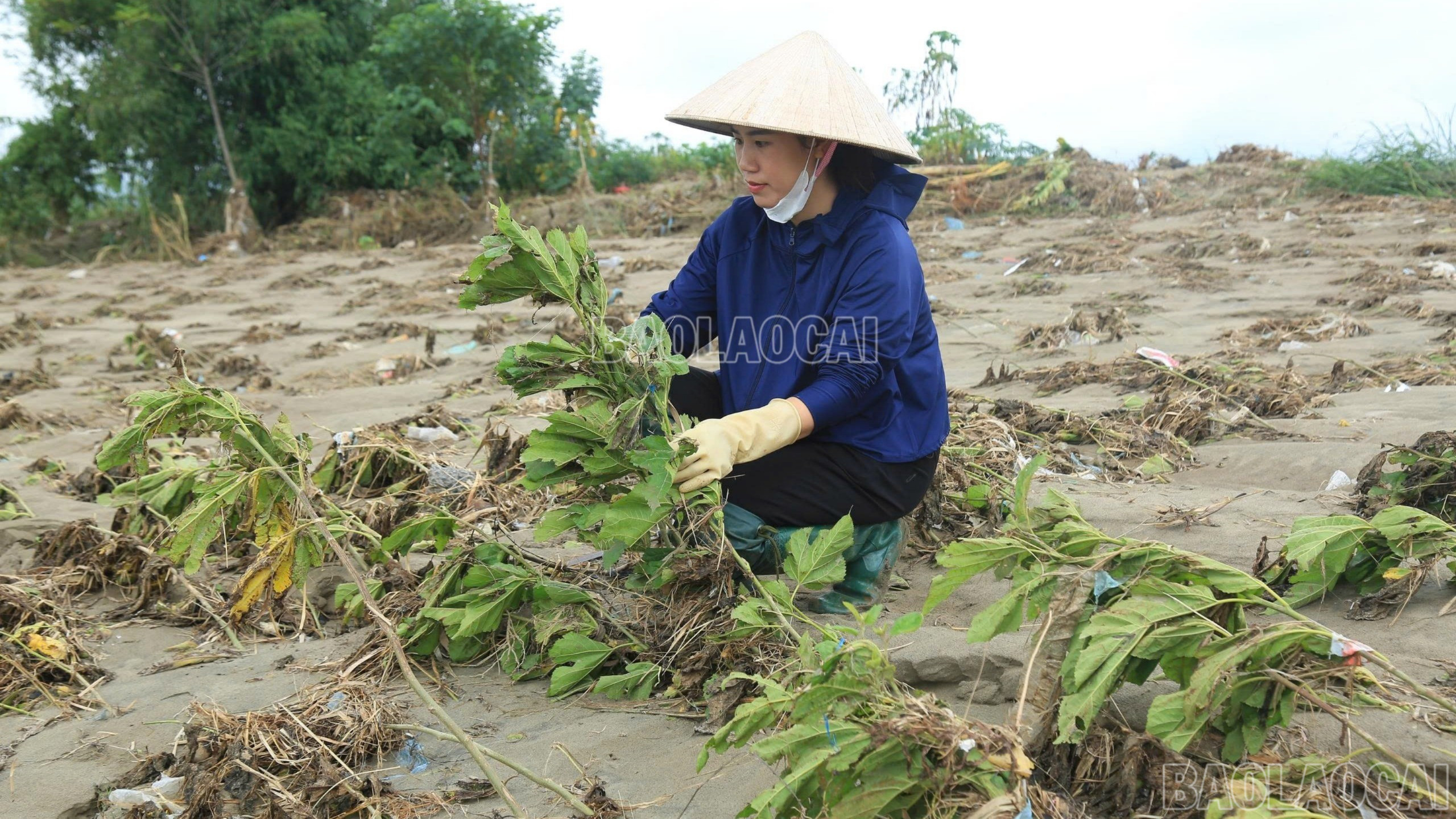
People next to mulberry trees that were knocked down by floods.
Proactively overcome consequences
Faced with that situation, Lao Cai Provincial Agricultural Extension and Service Center coordinated with Tran Yen Commune Agricultural Service and Support Station to promptly organize activities to provide technical guidance on how to repair and care for strawberry gardens after natural disasters for people.
The immediate solution is to focus on clearing drainage ditches to avoid prolonged flooding. At the same time, technical staff instructed people to promptly prune damaged leaves and branches; add composted organic fertilizer combined with potassium fertilizer to restore the growth of the plants; for mulberry areas that were flooded but not buried, remove all damaged leaves to avoid infection, waiting for the plants to grow new leaves; for mulberry areas that were not completely flooded, farmers took advantage of the green leaves on the upper part to continue raising silkworms, maintaining production in difficult times.
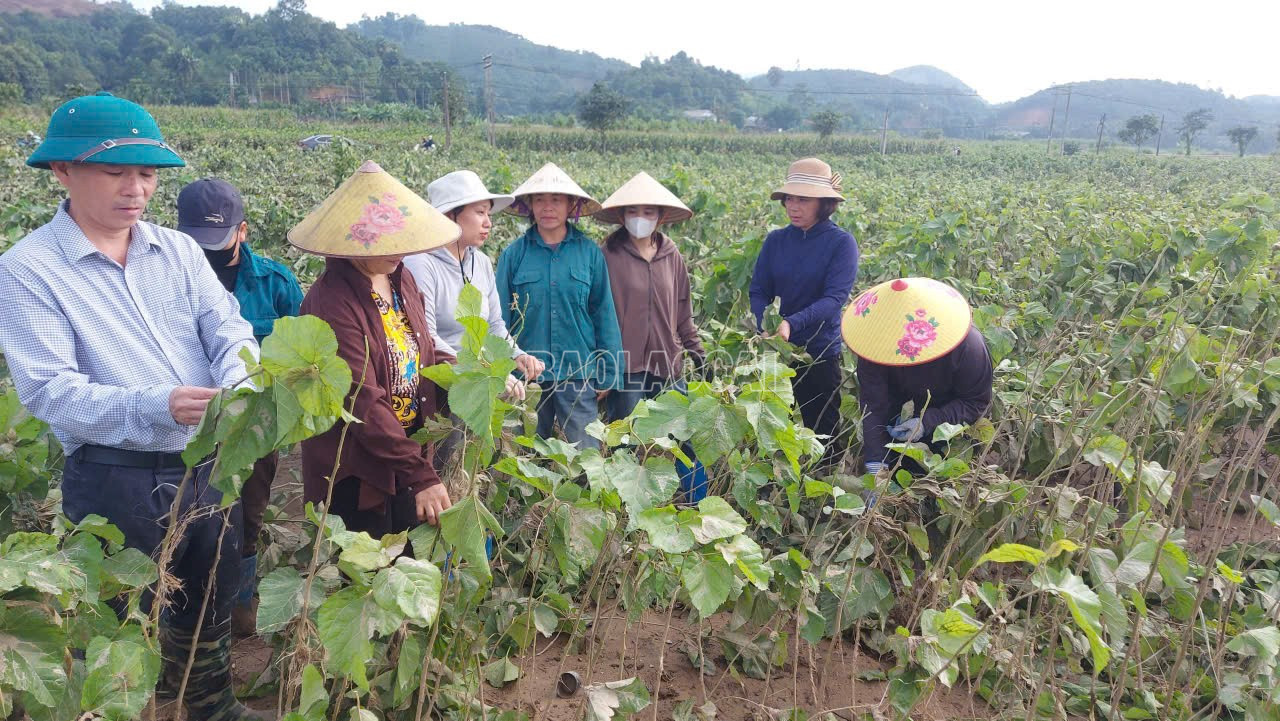
In addition, experts also remind people to always closely monitor the situation of pests and diseases arising after floods, such as phyllactic disease, stem borers, red spiders... to have timely prevention measures.
Thanks to the proactiveness of professional agencies and people, mulberry fields have gradually revived and trees have begun to sprout.
Changing mindset, applying technology
According to Ms. Hoang Thi Anh Tuyet - Deputy Head of Tran Yen Agricultural Service and Support Station: The underlying cause lies in the paradox of traditional farming: the period when mulberry leaves grow best (from May to July) coincides with the peak heat of 37 - 40°C, making it difficult to raise silkworms. On the contrary, the main harvest season starts from the 8th lunar month, when the weather is cooler, but almost every year we have to face the risk of rain, flooding, and high risks.
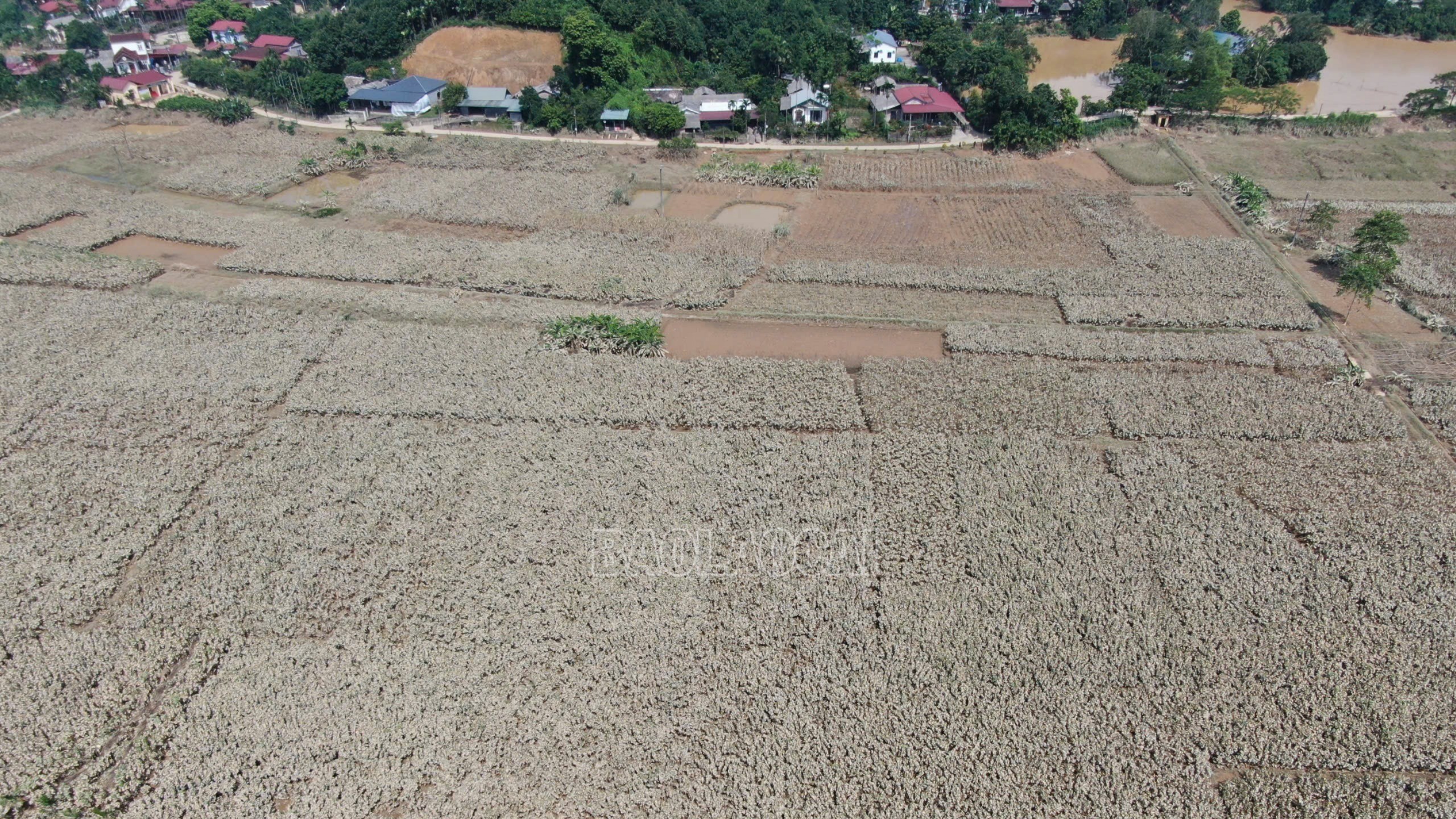
Ms. Nguyen Thi Hong Le - Director of Hanh Le Cooperative analyzed: "Raised in such an environment, silkworms will not have diseases, and the quality of cocoons will also be better."
Ms. Nguyen Thu Huong - Director of Minh Tien Cooperative said: "The most important thing is to be able to extend the silkworm breeding season, taking advantage of the very good mulberry leaves from June to July without having to cut them down and waste them."
If implemented as proposed, Ms. Huong believes: "Even if there is a flood in the 8th lunar month, farmers will only be partially affected and will not lose the entire main crop like now."
However, according to Ms. Hoang Thi Anh Tuyet - Deputy Head of Tran Yen Agricultural Service and Support Station: The biggest barrier at present is still the initial investment capital and operating costs, especially electricity bills.
Ms. Tuyet proposed that pilot models (1-2 models per commune) should be built so that people can directly observe, learn and confidently apply. At the same time, the electricity industry should consider supporting silkworm breeders to use electricity for production at preferential prices.
It is time for mulberry growers and silkworm breeders to change their mindset from farming dependent on weather and luck to proactively applying science and technology, aiming for effective production and sustainable development.
Source: https://baolaocai.vn/can-thay-doi-tu-duy-trong-dau-nuoi-tam-post885113.html



![[Photo] The 5th Patriotic Emulation Congress of the Central Inspection Commission](https://vphoto.vietnam.vn/thumb/1200x675/vietnam/resource/IMAGE/2025/10/27/1761566862838_ndo_br_1-1858-jpg.webp)




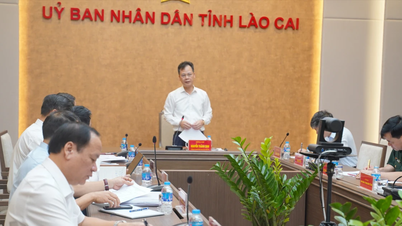
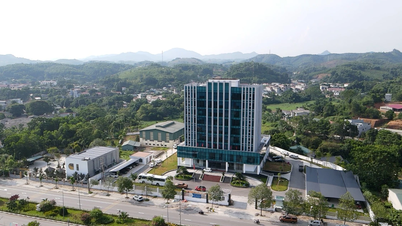
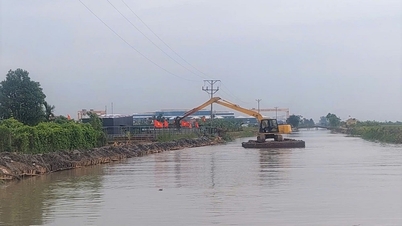



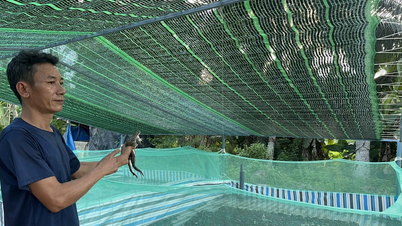







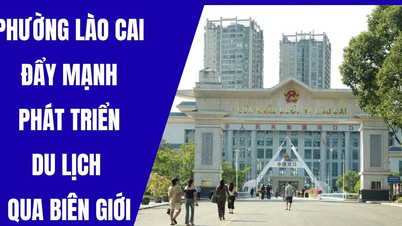
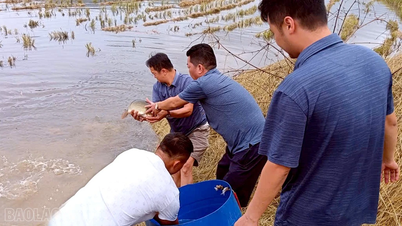

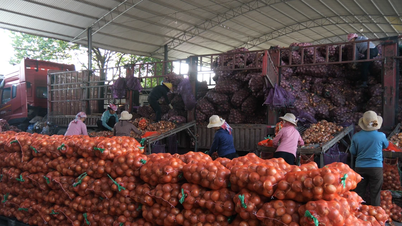


![[Photo] Party Committees of Central Party agencies summarize the implementation of Resolution No. 18-NQ/TW and the direction of the Party Congress](https://vphoto.vietnam.vn/thumb/1200x675/vietnam/resource/IMAGE/2025/10/27/1761545645968_ndo_br_1-jpg.webp)
![[Photo] National Assembly Chairman Tran Thanh Man receives Chairman of the House of Representatives of Uzbekistan Nuriddin Ismoilov](https://vphoto.vietnam.vn/thumb/1200x675/vietnam/resource/IMAGE/2025/10/27/1761542647910_bnd-2610-jpg.webp)




























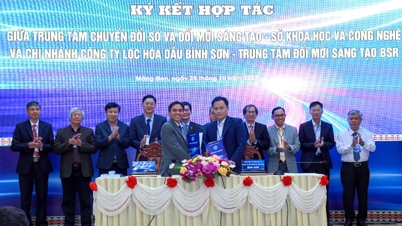







![[Photo] Prime Minister attends the 28th ASEAN-China Summit](https://vphoto.vietnam.vn/thumb/402x226/vietnam/resource/IMAGE/2025/10/28/1761624895025_image-2.jpeg)



















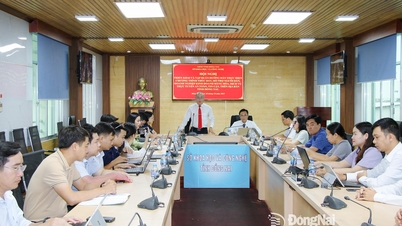




















Comment (0)